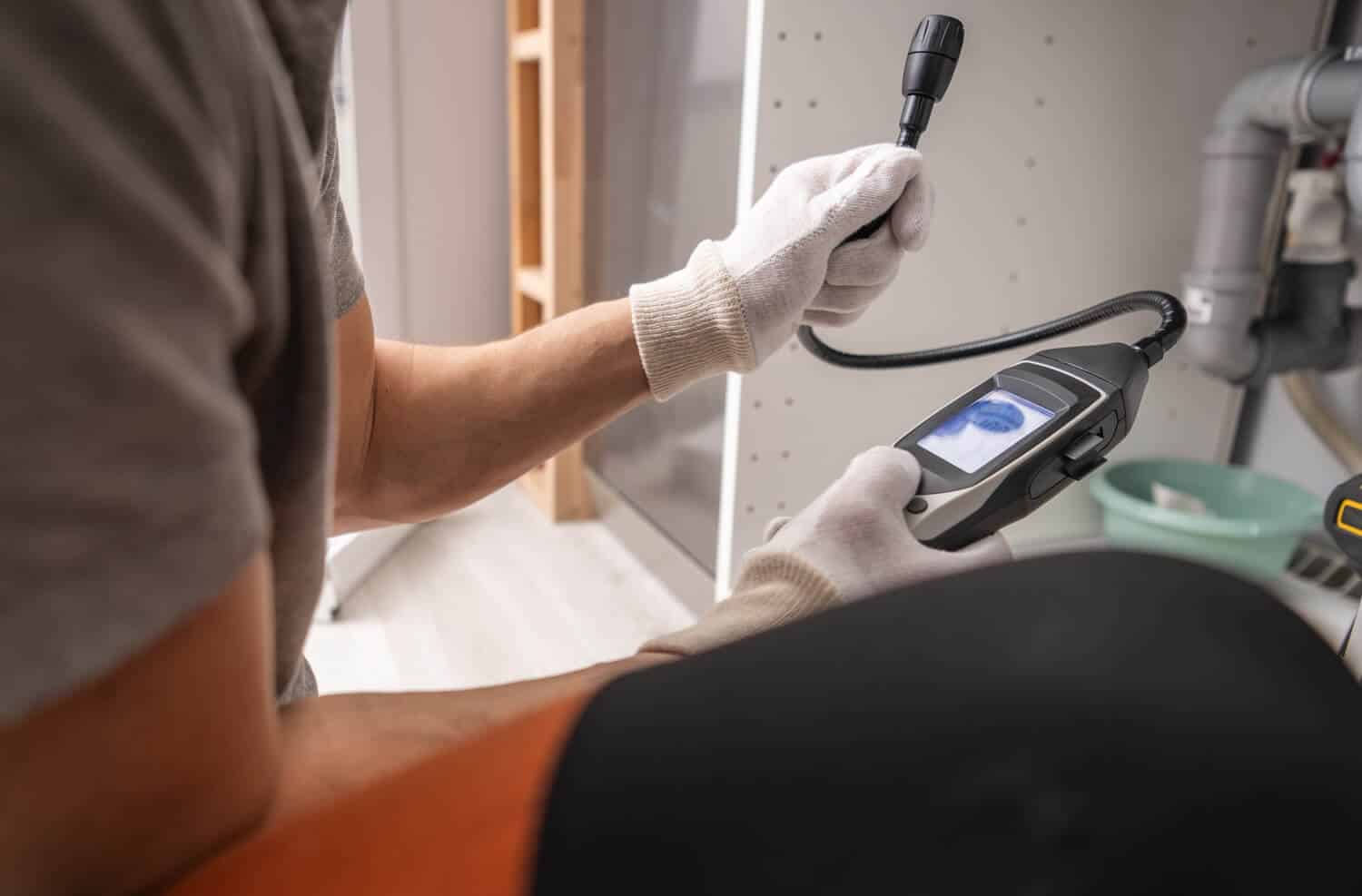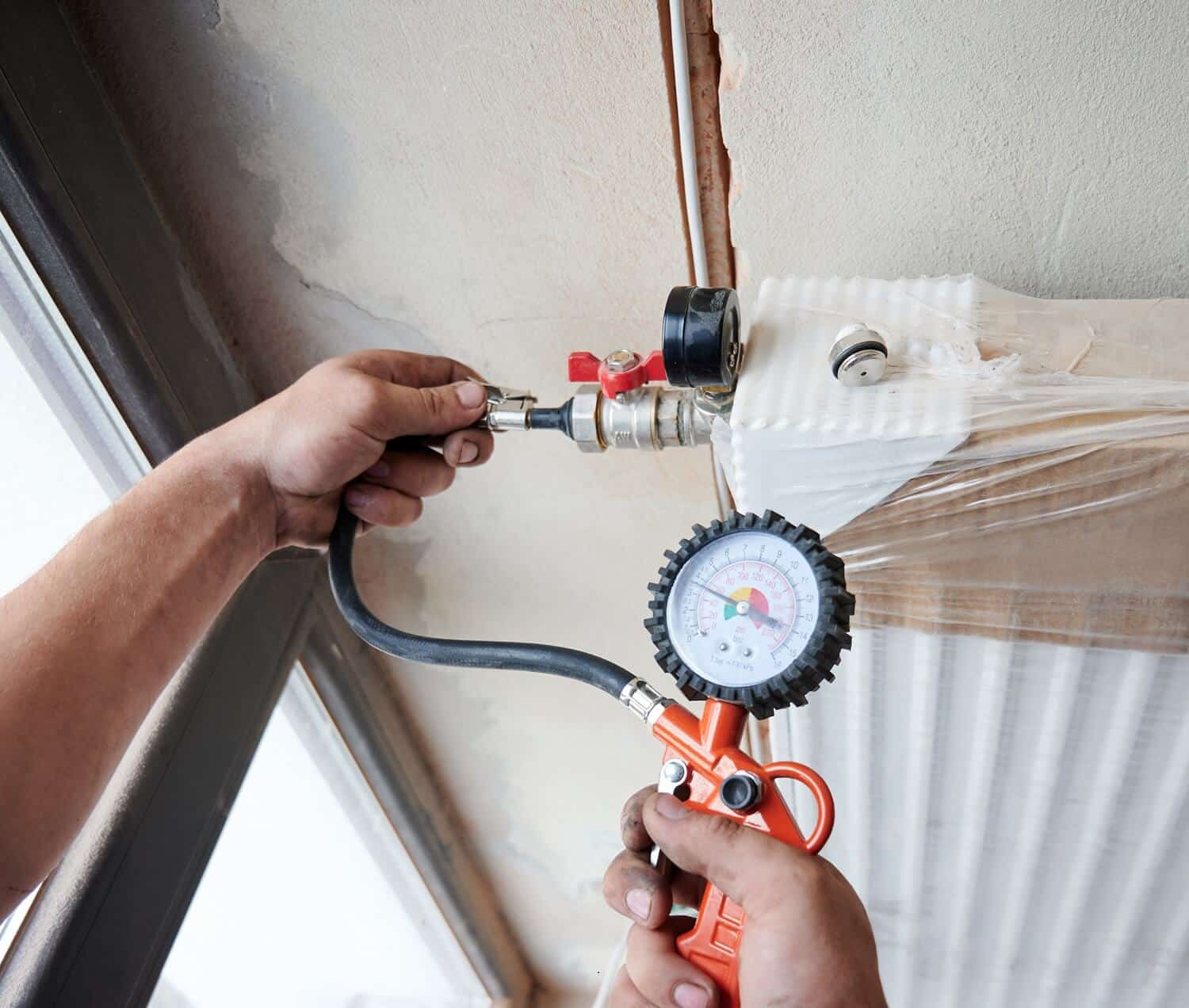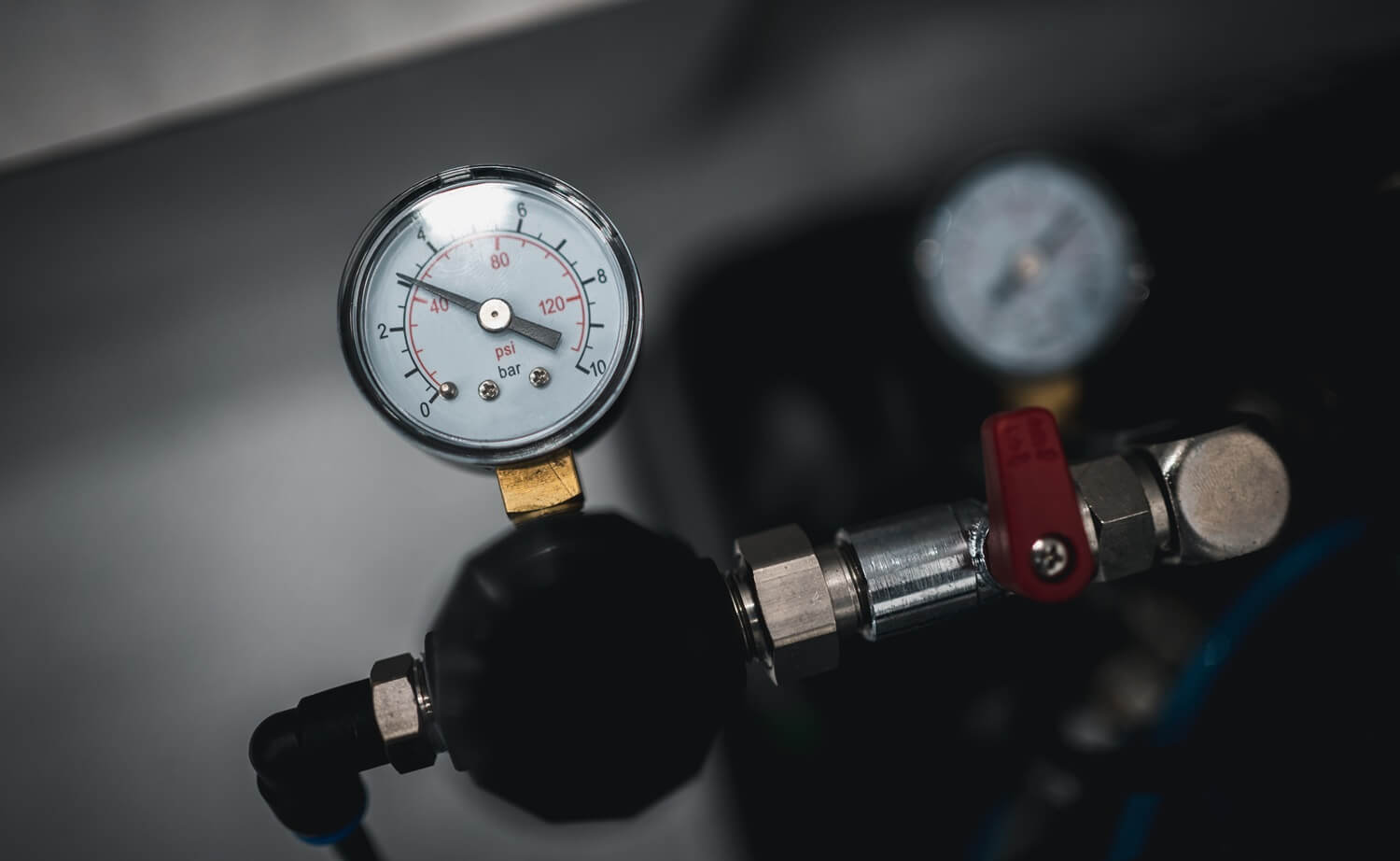Ensuring the safety and efficiency of your home’s gas system is crucial. A residential gas line pressure test is one of the most effective ways to do this. Understanding when to conduct pressure testing at home, the natural gas line pressure test requirements, and the various methods available can help you maintain a safe natural gas supply.
When to Conduct a Residential Gas Line Pressure Test
- After Repairs or Modifications: Anytime your existing gas lines undergo repairs or modifications, a pressure test should be conducted to verify the system’s integrity hasn’t been compromised.
- Routine Maintenance: Regular pressure tests as part of maintenance checks are essential to detect potential leaks that may develop over time, especially in older homes where gas lines could degrade.
- When Purchasing a New Home: Before purchasing a new home, it’s wise to have the existing gas lines pressure tested to prevent unexpected issues and ensure the gas system’s overall condition.
Why Conduct a Residential Gas Line Pressure Test
Safety
Safety is the primary reason for pressure testing gas lines. Pressure tests help identify leaks that cannot be detected by smell, ensuring your home’s safety.
Efficiency
Leaks in your gas line can reduce the efficiency of your gas appliances, leading to higher energy bills. Regular pressure tests ensure all the gas reaches its intended destination.
Compliance
Many local building codes require regular pressure tests of residential gas lines. Compliance with these requirements is essential to keep your house safe and to prevent fines. As a licensed plumbers, we ensure that all necessary pressure tests and safety measures are performed according to local and state plumbing codes.
Different Methods of Pressure Testing Gas Lines
Choosing the right method for pressure testing your gas lines is crucial for ensuring the safety and efficiency of your home’s gas system. Here are the different methods for pressure testing your gas lines:
Soap Solution Test
A simple and quick method involves applying a soap solution to the gas line connections. If bubbles form, it indicates a leak. While this method can detect visible leaks, it may not be effective for small or hidden leaks.
Pressure Gauge Test
This method uses a pressure gauge to measure the pressure within the gas line. The line is pressurized, and the indicator monitors any pressure drop over time. A pressure drop indicates a leak.
Electronic Leak Detectors
Electronic detectors can sense the presence of gas in the air. These devices are susceptible and can detect even small leaks. They are often used with other testing methods for a comprehensive assessment.
Ultrasonic Testing
Ultrasonic detectors can pick up the sound of gas leaking from the pipe. This method is effective for pinpointing the exact location of a leak and is particularly useful for larger, more complex gas systems.
Helium Detection
This method fills the gas line with helium, and a detector measures the helium concentration in the surrounding area. It is accurate enough to find even the tiniest leaks.
How To Pressure Test Gas Line
Before conducting a pressure test on your gas line, it’s essential to understand the detailed steps involved to ensure the safety and efficiency of your home’s gas system.
Preparation
Ensure that all gas appliances are turned off. If necessary, disconnect the gas supply from the main line.
Pressurize the Line
Introduce air into the gas line using a hand pump or compressor. The pressure should typically be between 3 and 15 psi, depending on local regulations and the specifics of your gas system.
Monitor the Pressure
Attach a pressure gauge to the line and monitor the pressure for a specified period, usually 15 minutes to an hour. Any significant pressure drop indicates a leak.
Inspect for Leaks
If a pressure drop is detected, inspect the line using soap solution, electronic detectors, or other methods to locate the leak.
Repair and Retest
Once the leak is identified, repair the section of the line. After repairs, retest the line to ensure no further leaks are present.
Ensure Safety and Efficiency with Expert Gas Line Pressure Testing
A residential gas line pressure test is a critical procedure for maintaining the safety and efficiency of your home’s gas system. Whether during new installations, after repairs, as part of routine maintenance, or when buying a new home, pressure testing your gas lines ensures they are secure and leak-free. With various methods available—from simple soap solution tests to sophisticated electronic detectors—you can choose the best approach for your situation. Regularly conducting these tests will comply with safety regulations, provide peace of mind, and protect your home from potential hazards.
DYZ Plumbing offers expert pressure testing services using advanced methods to ensure safety, efficiency, and compliance with regulations, providing homeowners peace of mind.
For expert residential gas line testing services in Houston, Texas, trust DYZ Plumbing. Ensure your home’s safety and efficiency with our advanced methods and meticulous testing procedures. Contact us today at (832) 877-9600 to schedule your pressure test and ensure your home’s gas system is secure.




